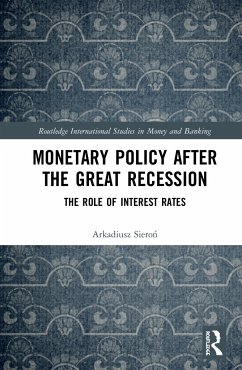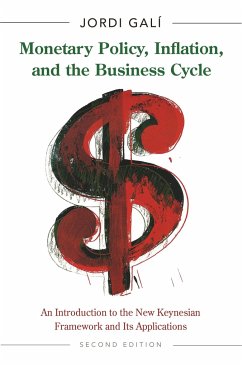
MONETARY POLICY OPERATIONS FINAN SYST C
Versandkostenfrei!
Versandfertig in 1-2 Wochen
102,99 €
inkl. MwSt.

PAYBACK Punkte
51 °P sammeln!
An introduction to the way that central banks implement monetary policy through market operations. It explains monetary policy operations in normal times, reviews the basic mechanics of financial crises, and explains what central banks need to do to fulfil their monetary policy and financial stability mandates when markets and banks are impaired.












